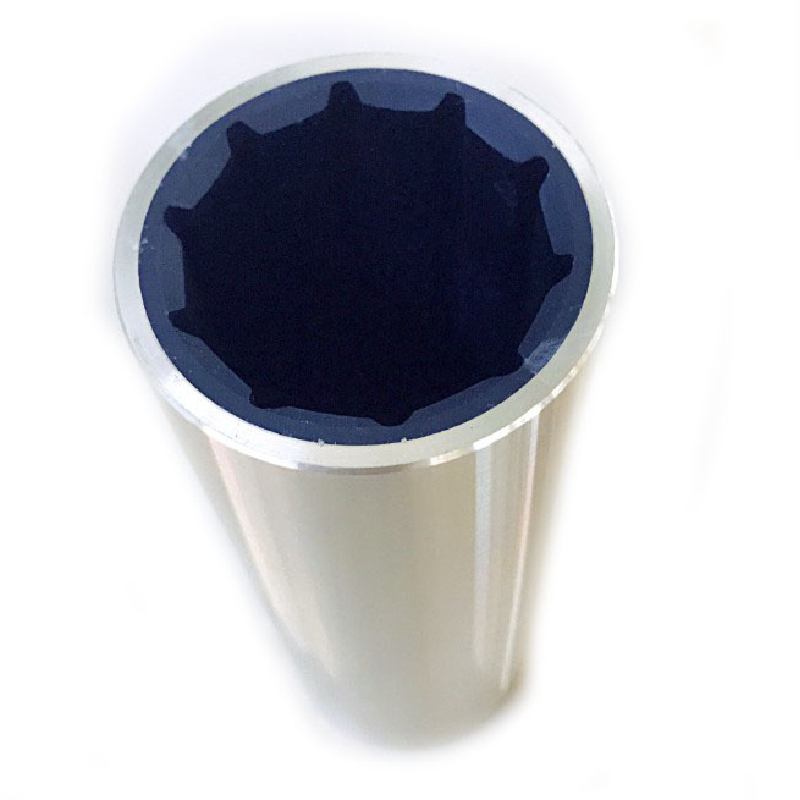oil pan gasket
Understanding Oil Pan Gaskets Importance, Function, and Maintenance
The oil pan gasket is a crucial component in the engine of a vehicle, serving as a seal between the oil pan and the engine block. This rubber or cork gasket ensures that the engine oil remains contained within the oil pan, preventing leaks that could lead to significant engine damage. A well-functioning oil pan gasket is essential for the engine's performance, longevity, and overall health.
Functions of the Oil Pan Gasket
The primary function of an oil pan gasket is to create a tight seal between the oil pan and the engine block. Engine oil lubricates the moving parts within the engine, reducing friction and wear. The oil pan collects this oil and stores it until the engine needs it. If the oil pan gasket fails, oil can leak out, resulting in a low oil level, which can lead to increased wear and tear or even catastrophic engine failure due to inadequate lubrication.
Another critical function of the oil pan gasket is to protect against contamination. A proper seal prevents dirt, debris, and other contaminants from entering the oil system, which could compromise the engine's efficiency and health. Additionally, the oil pan gasket can help maintain the pressure needed within the lubrication system, ensuring that oil flows where it is needed most.
Signs of Oil Pan Gasket Failure
Recognizing the signs of an oil pan gasket failure is essential to address potential issues before they escalate. Common symptoms include oil spots or puddles under the vehicle, a drop in engine oil levels, and a burning oil smell. If you observe any of these signs, it is crucial to inspect the oil pan gasket and consider replacing it as necessary.
oil pan gasket

Regular checks of the engine oil level and its condition can help catch oil pan gasket issues early. Oil that appears dirty or has a gritty texture may indicate contamination or that the oil needs to be changed, which can be linked to a failing gasket.
Maintenance and Replacement
Maintaining your oil pan gasket involves regular oil changes and inspections of the engine. During routine maintenance, mechanics should check the gasket for signs of wear, cracks, or leaks. If any issues are detected, timely replacement can prevent more severe damage to the engine.
When it comes to replacing an oil pan gasket, it's essential to use high-quality materials that meet or exceed the vehicle manufacturer's specifications. While the task may be straightforward for experienced DIYers, enlisting the help of a professional mechanic can ensure proper installation and sealing.
Conclusion
In summary, the oil pan gasket plays a vital role in the overall performance and health of an engine. By understanding its functions and keeping an eye out for signs of wear or failure, vehicle owners can ensure their engines run smoothly and efficiently. Regular maintenance and timely replacement of a worn or damaged oil pan gasket can save car owners from costly repairs and extend the life of their vehicle.
-
Understanding the Front Main Engine Seal: Purpose, Maintenance, and Installation
News Jul.29,2025
-
Understanding O-Rings and Seal Rings: Types, Applications, and Custom Solutions
News Jul.29,2025
-
Understanding Crankshaft Oil Seals: Rear Seals, Pulley Seals, and Their Role in Engine Integrity
News Jul.29,2025
-
The Importance of Front and Rear Crankshaft Seals in Engine Performance and Oil Management
News Jul.29,2025
-
Crank Oil Seals: Functions, Types, and Cost Considerations in Engine Maintenance
News Jul.29,2025
-
A Comprehensive Guide to O-Rings and Seals: Types, Materials, and Global Applications
News Jul.29,2025
-
Mastering Diesel and Performance Engine Maintenance: A Guide to Critical Oil Gaskets
News Jul.28,2025
Products categories















